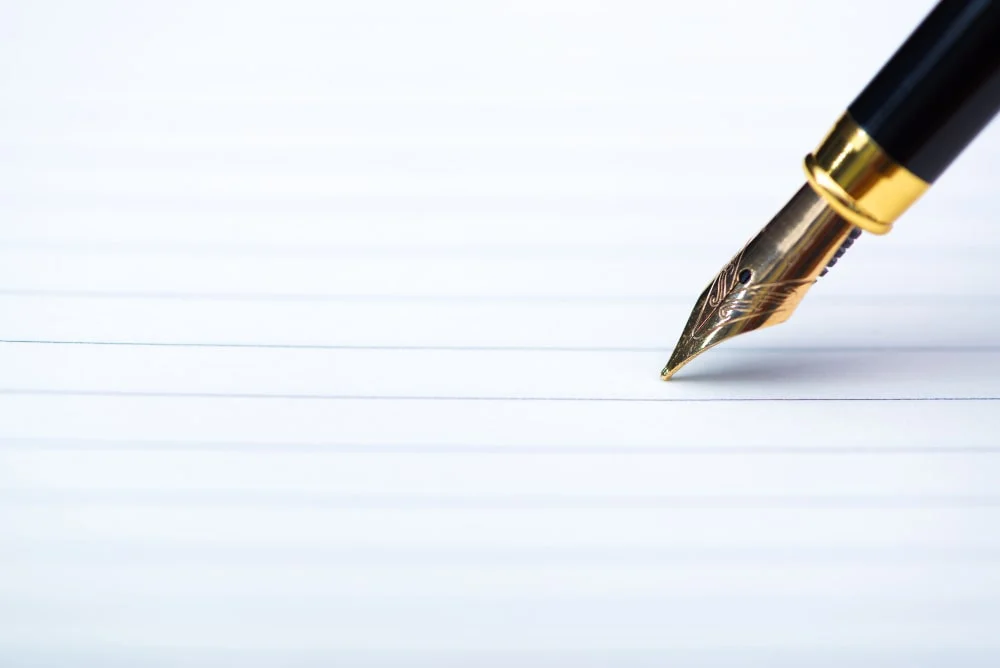Evaluation criteria of a journal articles
A reviewer plays a crucial role in publishing sector. He or She validates research; establishes a protocol by which it can be evaluated, and increases interacting possibilities within research societies. They ensure the rigorous standards of the scientific process by taking part in the peer-review system. They also uphold the integrity of the journal by identifying invalid research, and helping to maintain the quality of the journal. To assess a journal article, to be a good reviewer, a fresh reviewer should look for:
Purpose of Article: Why was the article written? To:
- persuade the reader to do something? For example: vote a certain way, purchase an item, attend an event
- inform the reader? For example: results of a study/experiment, what happened at an event
- prove something? For example: that a behavior is bad/good, a method works/doesn’t work
Type of Journal: For college-level term papers, information should be obtained mostly from scholarly journals.
- Scholarly Journals contain articles describing high quality research that has been reviewed by experts in the field prior to publication.
- Trade magazines may be useful for topics in business or where economic data is needed. There are also good for learning what the current “hot topics” are in an area.
- Popular magazines, such as Time and Newsweek, should be used sparingly, or not at all.
Organization and Content: Is the material organized and focused? Is the argument or presentation understandable? Is this original research, a review of previous research, or an informative piece?
Bias (of the publisher): Some publications have an inherent bias that will impact articles printed in them. Is the journal:
- left/liberal?
- right/conservative?
- center?
- an alternative press?
- published by a political action (PAC) group?
Date of Article: Some topics, such as those in the health sciences, require current information. Other subjects, such as geology, value older material as well as current. Know the time needs of your topic and examine the timeliness of the article; is it:
- up-to-date,
- out-of-date, or
- timeless?
Bibliography: Scholarly works always contain a bibliography of the resources that were consulted. The references in this list should be in sufficient quantity and be appropriate for the content. Look for:
- if a bibliography exists,
- if the bibliography is short or long,
- if the bibliography is selective or comprehensive,
- if the references are primary sources (ex. journal articles) or only secondary sources (ex. encyclopedias),
- if the references are contemporary to the article or much older, and
- if the citation style is clear and consistent.
Usefulness: Is the article relevant to the current research project? A well-researched, well-written, etc. article is not going to be helpful if it does not address the topic at hand. Ask, “is this article useful to me?” If it is a useful article, does it:
- support an argument
- refute an argument
- give examples (survey results, primary research findings, case studies, incidents)
- provide “wrong” information that can be challenged or disagreed with productively
Authority: Is the author an expert in this field? Where is the author employed? What else has he/she written? Has he/she won awards or honors?
Coverage: Does the article cover the topic comprehensively, partially, or is it an overview?
Audience: For what type of reader is the author writing? This ties in with the type of journal, as popular magazine are geared to the general reader, while trade magazines are for the specialist and scholarly journals are directed at researchers, scholars or experts in the field. Is the article for:
- general readers,
- students (high school, college, graduate),
- specialists or professionals,
- researchers or scholars?
Illustrations: Are charts, graphs, maps, photographs, etc. used to illustrate concepts? Are the illustrations relevant? Are they clear and professional-looking ?
| • Home | • Journals | • Instruction |


